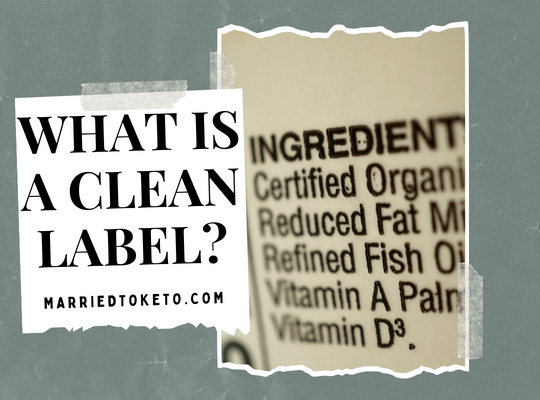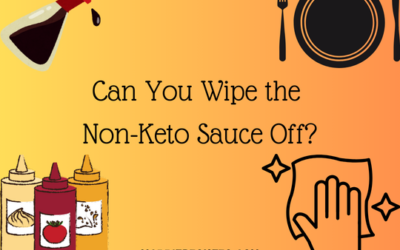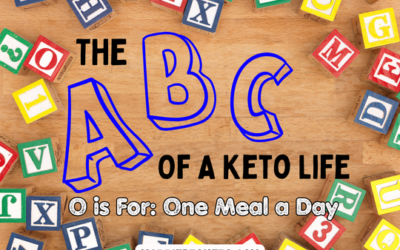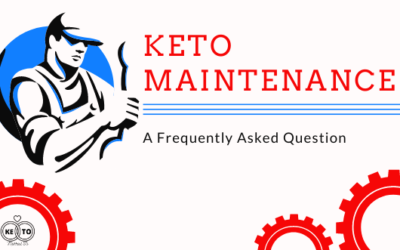I’ve become a bit jaded over the last year or so when it comes to writing about food labels. When I dig into common foods we used to, or in some cases still enjoy it shocks me the amount of real food that’s not in them. Reading a label these days is like taking a quiz in school. You better have your facts and dictionary close at hand. There is relief out there with a new school of thought called clean label.
What is a Clean Label?
In its truest form a clean label is a marketing term that companies are using to better express their food on the ingredients list. The standard for a clean label has four things in mind with listed ingredients. They should have plain language, non-scientific names, reduced additives, and recognizable ingredients.
In other words, the list will have things on it that are easy to understand, and you will have a good idea of what you’re putting in your body. If we break down those four items, we get a better understanding of what this movement would like all labels to look like.
The Four Indicators of a Clean Label
Plain Language – in this case we are talking about a common ingredient that has so many names you never really know what it truly is. For instance, according to the University of San Francisco sugar has 61 different names on food labelling. The ones you will recognize the most are dextrose, fructose, galactose, glucose, lactose, maltose, and sucrose. If this was plain language, they would all just say sugar.
Non-scientific Names – for this example I am going to use three very common ingredients on many labels. Salt, corn, and wheat. That seems simple enough, but you won’t have to look too far on a food label to find salt listed as sodium chloride and wheat as triticum. My personal favorite is the keto devil corn. One processed food had it listed as zea mays. Really?

Reduced Allergens & Additives – this one is very self explanatory. Take out the chemicals in foods and you will have better foods. Examples are artificial dyes. Some companies that want a clean label are replacing that coloring with things like beets and paprika. We are also seeing this with some sugars replaced with our keto friend’s stevia and monk fruit. Companies have a long way to go on this front, but at least it has started happening.
Recognizable Ingredients Might Be the Key
Recognizable Names – plain language and non-scientific names may seem like the same thing, but it says a lot for just calling something what it is. Let me share some ingredients with you: triticum, palm oil, salt, guar gum, garlic powder, soup base, mono sodium, glutamate, yeast extract powder, guanylate. That’s a lot of names for something we commonly call: Ramen Noodles. Those are the ingredients to make Mr. Noodles.
We could make that label very easy by saying: flour, oil, salt, thickening agent chemical, soup base, garlic, MSG, yeast, and tapioca starch. The ingredients in this form don’t look great, but at least you know what you’re eating. People shouldn’t have to do Google searches to eat.
The Clean Label Movement
We are seeing people and some companies step up to the clean label challenge, but we as consumers still need to be careful. There is a group called the Clean Label Project that have used this term, but it leans more on products being organic and pesticide free. To me that is important but will confuse what we are talking about today.
This group has a lot of backing and media attention, but when you search clean label companies you will see several companies pop up. Take the time to find out which clean label they are supporting. The leader in working towards clean labelling in my eyes is Canadian owned coffee chain Second Cup. They express every item in their foods with plain and easy language. Good for them to take those steps in a very competitive marketplace.
My Thoughts
For me I’m a little disgusted by what we put into our bodies at times. As someone that supports clean keto, I don’t deal with it as much anymore. Whole foods cooked from scratch don’t really comes with labels. But as I crawl off my high horse know I have moments where processed keto food enters my body. I know it’s not the best for me, but when I look at the label, I would love to know exactly what everything is.
Bill




